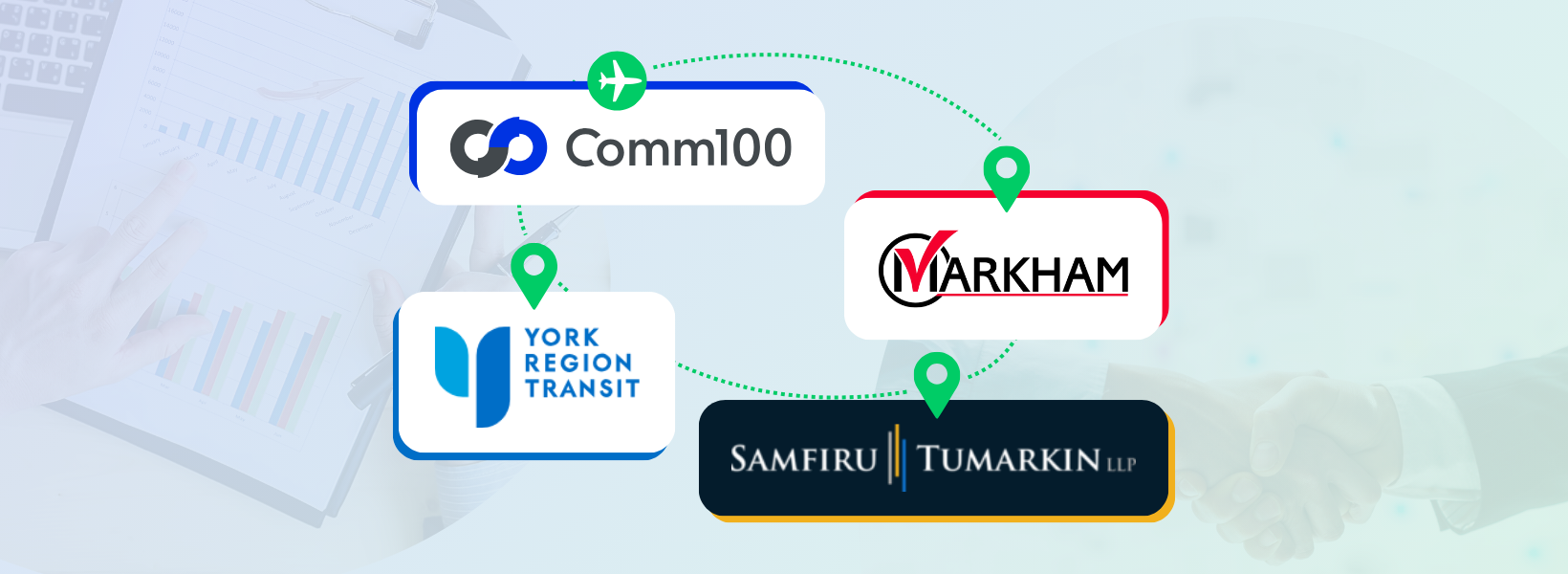A knowledge base is a great way of communicating with customers. When written well, it helps direct customers straight to the information they need so customers don’t have to contact the customer support team. It also helps to identify pain points that customers are experiencing and gauge their capability to use your product.
You might, however, be puzzled as to which architecture to use, choosing between a customer facing and employee facing knowledge base, and what strategies to use. There’s a lot of considerations to take into account!
Let’s start by exploring what people can help you create an effective knowledge base to inform and educate customers or agents alike.
Who Owns the Knowledge?
One key task that should be addressed before building any knowledge base is appointing an owner. This person should ensure documentation and content produced by team members is consistent, as well as overseeing technology, strategy and content generally.
The knowledge base owner has several responsibilities. They need to monitor for new issues that need documentation, and also look at existing articles to ensure that the information is valid and correct. As well as this, they should be able to think from the perspective of the customer to ensure that articles are truly helpful. Analyzing customer-submitted article ratings can be especially useful for this.
The knowledge base owner should appoint the people who will be contributing content, e.g., dedicated technical writers, working with the guidance of subject matter experts. You can also shuffle responsibilities to ensure content is regularly updated. Support agents can be part of this and they can send issues to technical writers who submit them back to the agents for review and approval.
Then they need to set the standards to ensure quality, e.g., creating a standard template for knowledge base articles.
Is a Knowledge Base Worth It?
Having a combination of phone support and a knowledge base is a good strategy to use as they complement each other. According to a study by Econsultancy, consumers prefer communication channels in the following ranges: phone (61%), followed by email (60%), live chat (57%), online customer knowledge base (51%) and automated support or “click to call” (34%).
The numbers for good phone support outweigh those of an online knowledge base. However, company perception of phone support can be biased since 80% of companies believe that they deliver stellar customer support while only 8% of the customers agree, according to a 2005 survey by Bain & Company.
To ensure that your customer is truly being served, it’s important to consider how different types of customers use different channels. The transition to live chat, social media and other forms of digital correspondence continues at an ever increasing pace. This popularity — according to Smart Insights — is only increasing in younger demographics. Knowledge base provision is almost certainly a great complement, or channel pair, for any of these channels.
Customer Facing or Agent Facing?
Knowledge base adoption should be preceded by an analysis of the pros and cons of taking up a customer-facing or agent-facing knowledge base.
Agents often work to solve a complex problem and after getting the solution, lack a way to share this information with colleagues. This problem is worse when you consider multinational companies with staff distributed globally, where face to face communications are impossible. Although knowledge transfers and training programs help, technical staff and engineers are also known to hoard secrets to increase their workplace value.
In this situation, an internal knowledge base to share information, flag issues and provide the team with a means of shared communication is an essential requirement.
Aside from the sharing of knowledge for new issues, an internal knowledge base also provides a quick and easy resource for staff to search in resolving current customer queries and problems. Finally, an internal knowledge base can also be used as a training resource for new staff to familiarize themselves on in regards to the products and processes in place.
While an internal (agent) facing knowledge base has value, a customer facing one has many benefits of its own.
Customers are getting more discerning in who they do business with, and expectations are growing. Harvard Business Review found that 84% of customers were not happy with their most recent interaction and that service did not exceed their expectation.
A customer-facing knowledge base is a great way to quickly solve issues and improve your brand loyalty, provided it is regularly updated. It can include troubleshooting guides, video tutorials or basic Q&A format of FAQs. It’s also cheap to maintain, since it’s on 24/7, and offers consistent service which is valued by customers.
Hosting and Advertising the Self Serve Platform
You don’t have to write code from the ground up, since there are many online solutions available – including ours – in building your knowledge base.
Advertising your knowledge base to customers is easier when you embed the knowledge base into a typical customer support channel, creating an effective “channel pair” that works to provide effective service across different types of customer situations. For example, by embedding knowledge base functionality into your live chat window, you can provide customers with the choice to either self-serve or get live help instantly.
Writing great content by itself is not enough. An information architecture plan should be in place. Information architecture is a set of rules to follow so that content is consistent.
When coming up with a structure, consider what your customer wants. Will your customer prefer a step-by-step guide (good for troubleshooting IT and software) or is a Q&A better for them?
If you have a technical product, it’s good to write documentation which can be supplemented by videos. Documentation should be the goal-oriented with a clear purpose so that it is easy to understand.
Questions organized in drop-down categories are great for navigability, and you can have a category for common issues. Get to know your audience so that you can use the correct tone when writing knowledge base articles.
A search function is especially great to ensure your customers can find articles quickly, should they not wish to navigate through category menus.
Reporting Mechanisms for Knowledge Base
Once your knowledge base is up and running, you can start to analyze data coming from it — helping you optimize, improve and to demonstrate ROI.
Use your knowledge base dashboard and pull stats for highest rated articles, article views, most frequently viewed articles and recent searches.
Other statistics you should look out for are articles voted useful/not useful, and successful searches where the customer left the knowledge base without contacting customer support. To measure the success of a knowledge base, you should use the following metrics:
- Payroll
- A number of visits versus cases submitted — find the ratio of total views to total number of cases to determine whether more people are using it instead of calling customer support.
- Bounce rate compared to average time spent on a page — evaluate the bounce rate in % against the average time spent on a page in seconds. If average time is low or bounce rate high, customers are likely dissatisfied with the content.
- The ratio of new customers to returning customers — Measure new visitors against repeat customers, the latter meaning your content is helpful. If new customers are few, advertise your knowledge base through other channels.
As you can see, there are good reasons for both a customer facing and an internal knowledge base. Many businesses use a single knowledge base to perform both function with articles appropriately vetted for customer consumption. How far along are you with your knowledge base implementation? Let us know in the comments below.
Download now: How to Create Perfect Knowledge Base
Creating a knowledge base for your business is a win-win customer service strategy. This eBook shares best practices in the planning, structuring and creation of knowledge bases, based on our experience in helping our customers set up and optimize their knowledge bases.
Download Now
eBook







